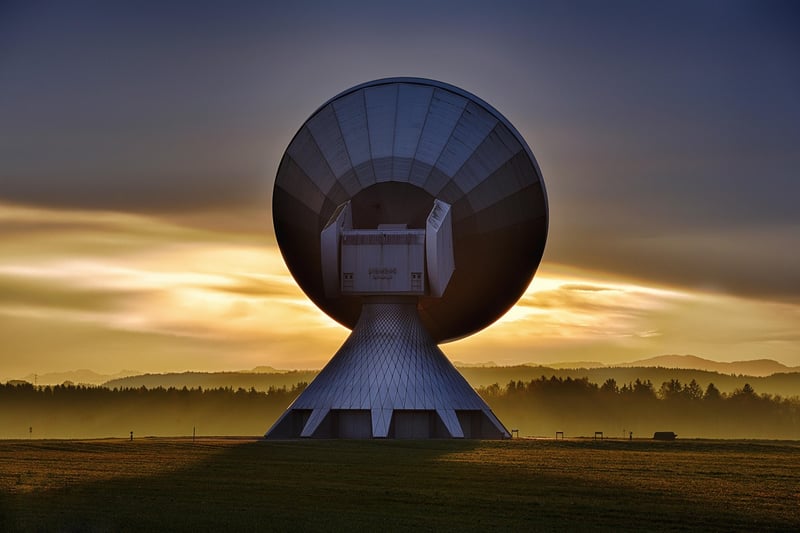Satellite Technology
The Future of Surveying: Cutting-edge Tools and Satellite Technology
In the rapidly advancing field of surveying, the integration of cutting-edge tools and satellite technology has revolutionized the way we collect, analyze, and interpret geospatial data. This innovative approach not only improves the accuracy and efficiency of surveying tasks but also opens up new possibilities for various industries.
Benefits of Cutting-edge Tools and Satellite Technology in Surveying
By leveraging the latest tools and satellite technology, surveyors can enjoy the following benefits:
- Enhanced Precision: High-precision GPS receivers and satellite imagery enable surveyors to achieve sub-centimeter accuracy in their measurements, ensuring reliable data for decision-making.
- Increased Efficiency: Advanced surveying equipment allows for faster data collection and processing, reducing project timelines and costs.
- Improved Safety: Remote sensing technologies, such as drones and satellite imaging, help surveyors assess hazardous or inaccessible areas without putting personnel at risk.
- Expanded Scope: Satellite technology provides global coverage, allowing surveyors to work on projects in remote or large-scale locations with ease.
Examples of Cutting-edge Tools in Surveying
Some of the cutting-edge tools that are transforming the surveying industry include:
- Lidar Systems: Light Detection and Ranging (LiDAR) systems use laser pulses to create detailed 3D maps of the terrain, offering valuable insights for various applications like urban planning and forestry management.
- Unmanned Aerial Vehicles (UAVs): UAVs, or drones, equipped with cameras and sensors, can capture high-resolution aerial images for mapping, monitoring construction sites, and conducting surveys in challenging environments.
- Mobile Mapping Systems: These systems combine GPS technology, cameras, and laser scanners to collect geospatial data while in motion, allowing for efficient mapping of roadways, railways, and utilities.
The Role of Satellite Technology in Modern Surveying
Satellite technology plays a pivotal role in modern surveying practices, offering global positioning data and imagery through systems like GPS, GLONASS, and Galileo. Surveyors can access real-time positioning information and high-resolution satellite images to support their fieldwork and analysis.
Moreover, satellite constellations like the upcoming high-throughput satellites promise enhanced connectivity and data transfer speeds, further empowering surveyors to collaborate remotely and access large datasets seamlessly.
With the integration of cutting-edge tools and satellite technology, the future of surveying looks promising, with increased efficiency, accuracy, and safety standards across various industries.

Image Source: Pixabay
